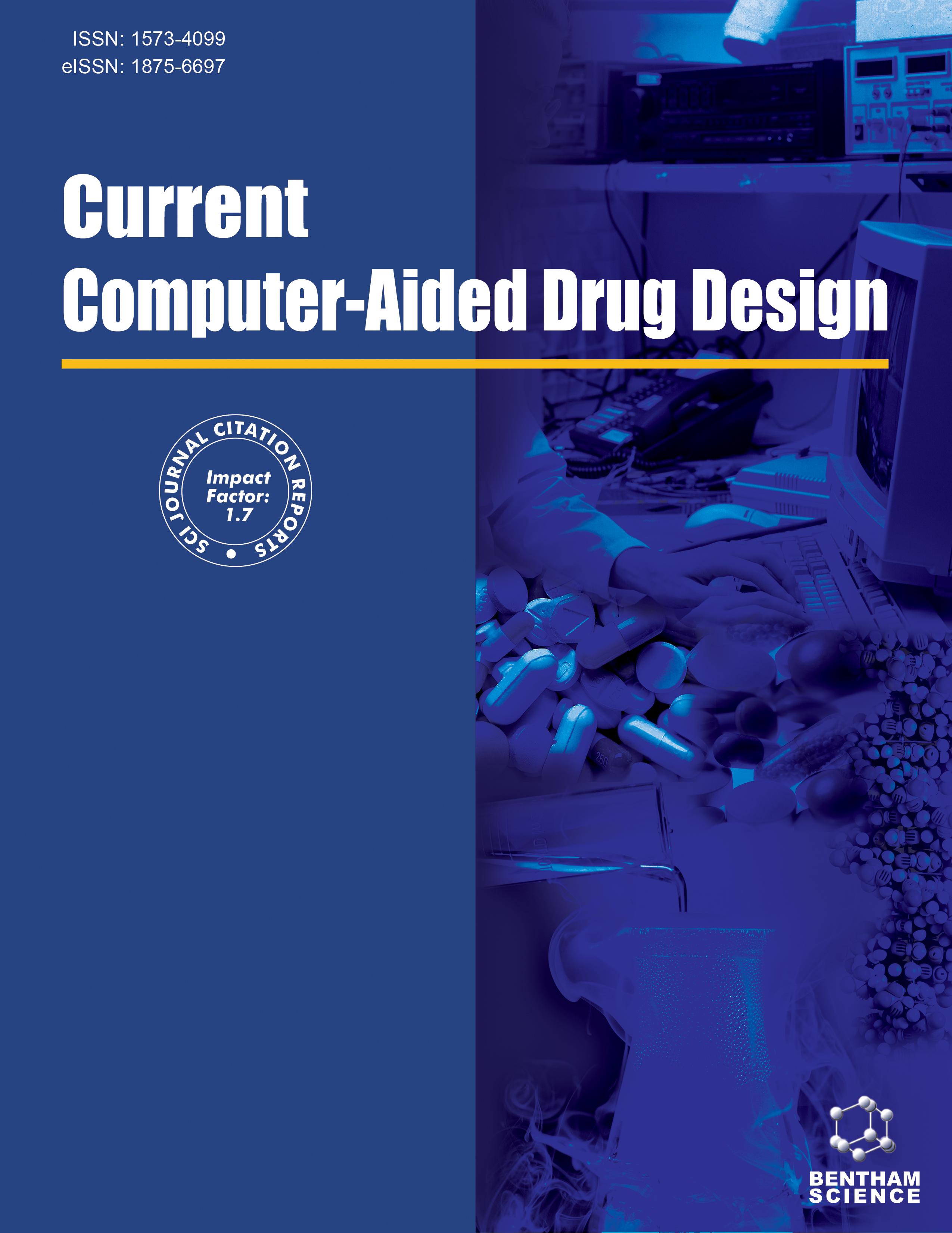
Full text loading...
The study aimed to explore the crucial genes involved in cancer-related biological processes, including EMT, autophagy, apoptosis, anoikis, and metastasis. It also sought to identify common genes among the pathways linked to these biological processes, determine the level of Bcl-2 expression in various types of cancers, and find a potent inhibitor of Bcl-2 among natural compounds.
Common genes involved in the pathways related to EMT, autophagy, apoptosis, anoikis, and metastasis were explored, and the level of the most frequently overexpressed gene that was Bcl-2, in various types of cancers was analyzed by gene expression analysis. A set of 102 natural compounds was sorted according to their docking scores using molecular docking and filtering. The top-ranked molecule was chosen for additional molecular dynamics (MD) simulation for 100 ns. Differential gene expression analysis was performed for Dioscin using GEO2R.
The study identified four common genes, Bcl-2, Bax, BIRC3, and CHUK, among the pathways linked to EMT, autophagy, apoptosis, anoikis, and metastasis. Bcl-2 was highly overexpressed in many cancers, including Acute Myeloid Leukemia, Diffuse large B cell lymphoma, and Thymoma. The Dioscin structure in the Bcl-2 binding site received the highest docking score and the most relevant interactions. Dioscin's determined binding free energy by MM/GBSA was -52.21 kcal/mol, while the same calculated by MM/PBSA was -9.18 kcal/mol. A p-value of less than 0.05 was used to determine the statistical significance of the analysis performed using GEO2R. It was observed that Dioscin downregulates Bcl-2, BIRC3, and CHUK and upregulates the pro-apoptotic protein Bax.
The study concluded that Dioscin has the potential to act as a protein inhibitor, with a noteworthy value of binding free energy and relevant interactions with the Bcl-2 binding site. Dioscin might be a good alternative for targeting multiple cancer pathways through a single target.

Article metrics loading...

Full text loading...
References


Data & Media loading...
Supplements

